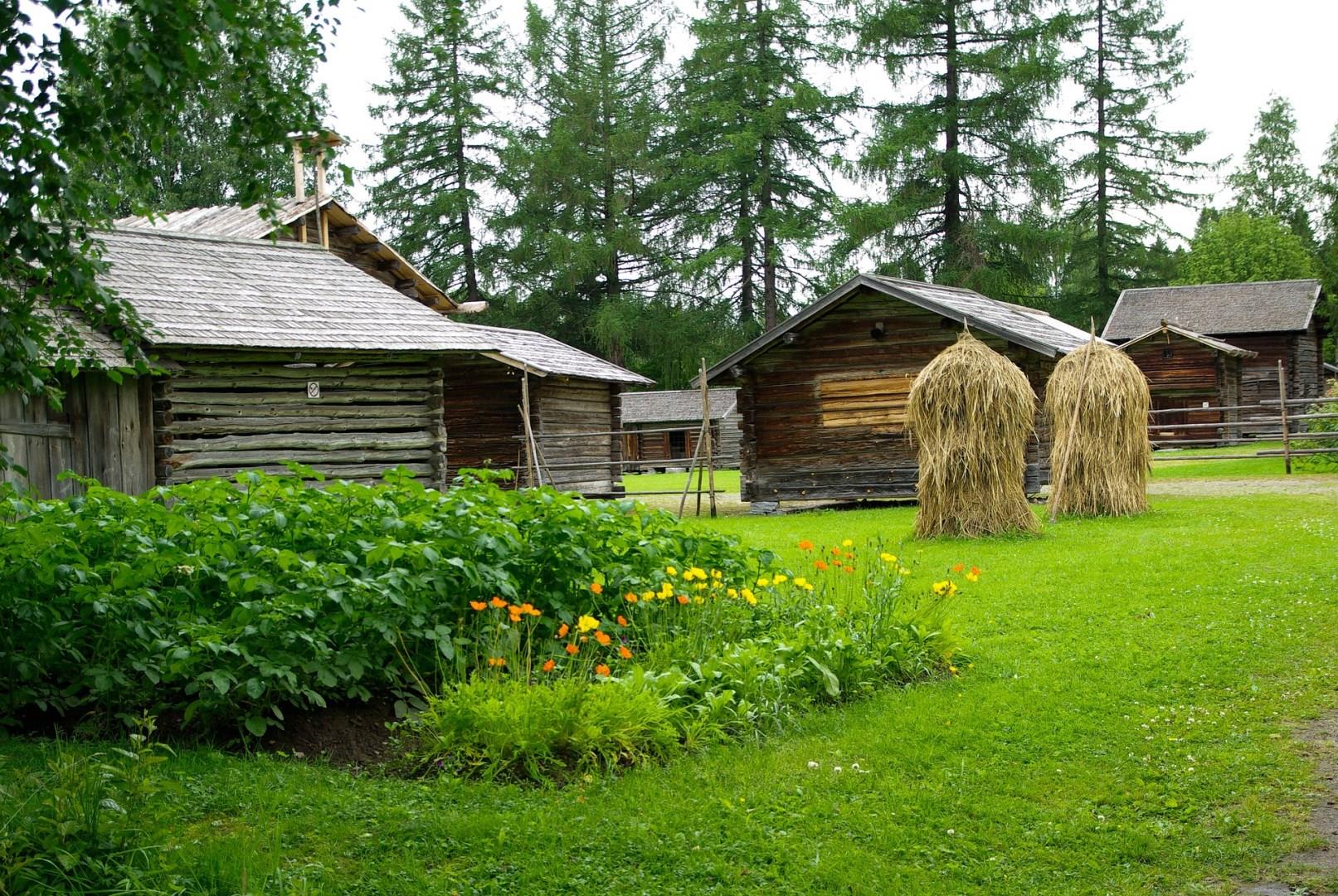

Finland
Finland is the easternmost of the Scandinavian countries, sharing its eastern border with Russia. It is best known for cross-country skiing, folk festivals, and is a base point for trips to the Arctic Circle. Finland is a wonderful place for biking, fishing, and hiking; the unspoiled scenery is breathtaking.

Rousse
Rousse, Bulgaria, often referred to as "Little Vienna," sits gracefully on the banks of the Danube River. Known for its rich history, stunning architecture, and vibrant culture, Rousse offers a glimpse into Bulgaria's past while embracing the future. The city's central square, Svoboda (Freedom) Square, is a great starting point for exploring.

Hydra
An island of international renown, Hydra is one of the first islands to have been discovered by tourism and, due to the short distance from Athens, has for years hosted a large number of tourists.

Zambia
Zambia, republic in south central Africa, bounded on the north by Zaire and Tanzania; on the east by Malawi; on the southeast by Mozambique; on the south by Zimbabwe, Botswana, and the Caprivi Strip of Namibia; and on the west by Angola.

Sweden
Sweden is a Scandinavian country located between the countries of Norway and Finland rich in Viking history. The summer months bring long days filled with opportunities for hiking, cycling, and kayaking, while the winter offers world-class skiing, snowboarding, and the chance to witness the magical Northern Lights in Swedish Lapland.


